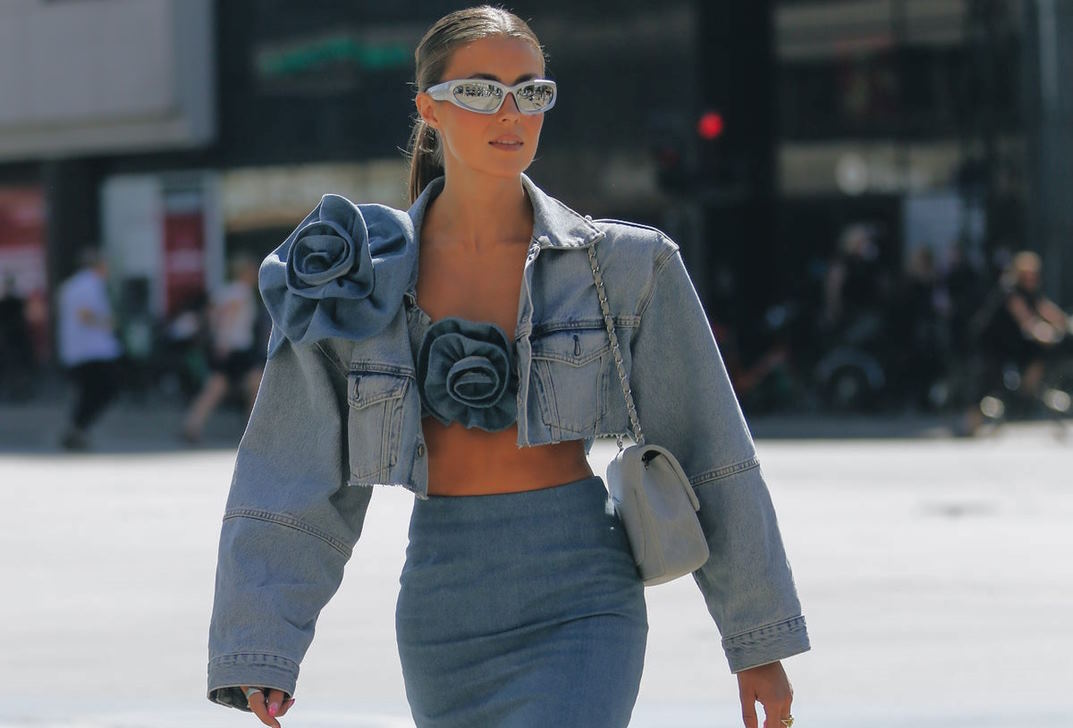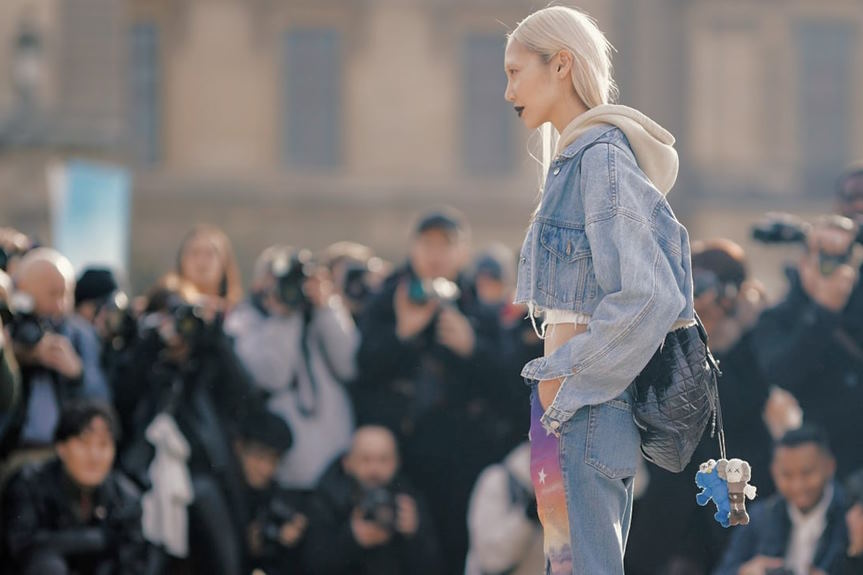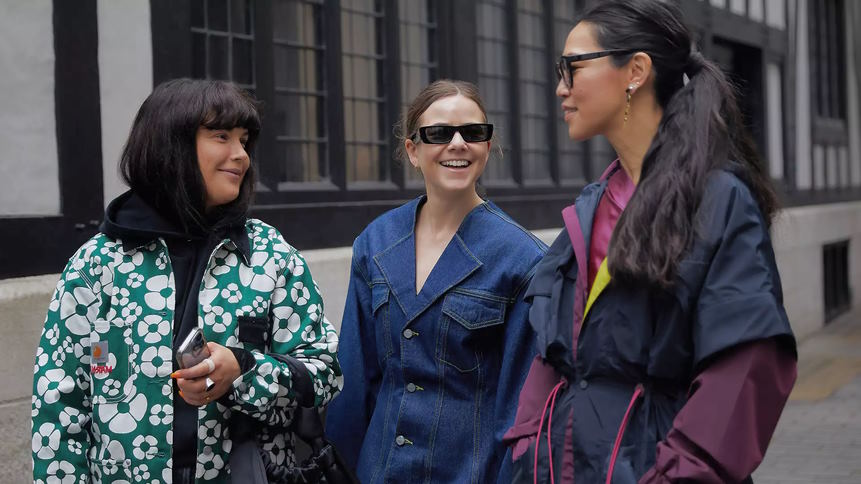Fashion is a constantly evolving industry, with new styles and trends emerging each season. From the latest runway collections to the everyday clothing choices of individuals, fashion trends have the power to influence our daily lives and even shape our culture. But how do these trends come to be? Who decides what’s in and what’s out? By understanding the various factors that contribute to the birth of a trend, we can gain insight into the world of fashion and the powerful role it plays in our lives.
Explanation of the different stages of the fashion cycle
The fashion industry is a cyclical one, with trends coming and going in a constant cycle. Understanding the different stages of the fashion cycle is essential for designers, retailers, and consumers alike. There are typically four stages to the fashion cycle: introduction, growth, maturity, and decline.
During the introduction stage, designers create and debut new styles and collections. These designs are often showcased at fashion shows and events, giving retailers and consumers a glimpse of what’s to come. Retailers then decide which designs to stock in their stores, with the hope that consumers will be drawn to them.
In the growth stage, the fashion trend gains popularity and becomes more widely accepted. Retailers begin to heavily stock the trend, and consumers start to purchase and wear it. At this point, the trend has reached its peak and is considered to be “in style.”
The maturity stage is characterized by a decline in the popularity of the trend. Retailers begin to reduce their stock of the trend, and consumers start to move on to the next big thing. This stage can be tricky for designers and retailers, as they must determine when to move on to the next trend.

Definition of fashion influencers and innovators
Fashion influencers and innovators are individuals who have a significant impact on the creation and popularity of fashion trends. Fashion influencers are often social media personalities who have a large following and use their platforms to showcase their fashion choices. Innovators, on the other hand, are designers or individuals who come up with new and unique fashion ideas that are often ahead of their time.
Both influencers and innovators play an important role in trend creation because they are often the first to introduce new styles and ideas to the fashion industry. By sharing their unique styles and designs, they inspire others to adopt these trends and make them more widely accepted.
Some examples of fashion influencers include Chiara Ferragni, Aimee Song, and Olivia Palermo. These individuals have a significant social media presence and are known for their fashion-forward style choices. Innovators in the fashion industry include designers such as Coco Chanel, Alexander McQueen, and Yves Saint Laurent, who are known for their unique and groundbreaking designs that have had a lasting impact on the industry.

The Fashion Industry’s Response to Trends
The fashion industry is highly responsive to trends, with designers, retailers, and manufacturers all reacting quickly to the latest fashion styles and ideas. As trends emerge and gain popularity, the industry often shifts its focus to meet the demand for these new styles.
Designers are often the first to react to trends, with many incorporating them into their designs for the upcoming season. Retailers then make purchasing decisions based on these designs, stocking their stores with the latest fashion trends. Manufacturers also play a role in the response to trends, as they work to produce garments and accessories that meet the demand for popular styles.
The impact of trends on the fashion industry can be significant, with successful trends leading to increased sales and revenue for designers, retailers, and manufacturers. However, the industry’s response to trends can also lead to issues such as overproduction and waste. When trends are no longer popular, excess stock can lead to unsold inventory and waste.
Despite these challenges, the fashion industry’s response to trends is a crucial part of its ecosystem. By staying ahead of the latest fashion trends and meeting consumer demand, the industry is able to remain competitive and relevant. The constant cycle of trend creation and response ensures that the industry remains dynamic and adaptable to the ever-changing demands of the fashion world.

